
|
When we travel, or even just look through travel magazines, we see the world from a human point of view. Thanks to the improvement in unmanned drones, we finally get a shot to see the world from a new perspective, as if we were soaring through the sky, like a bird. These spectacular shots from around the world were all taken by drones, giving us that unique view we never get to see. |
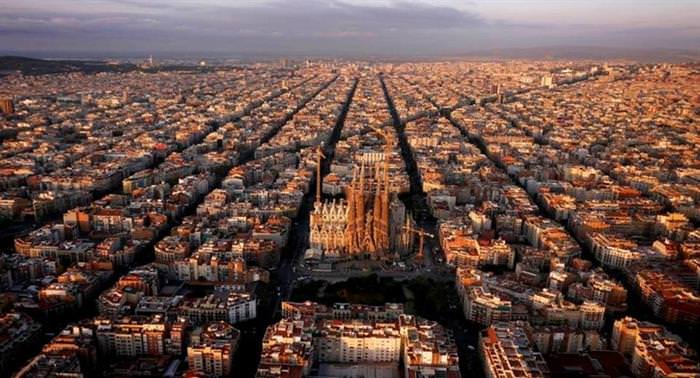 |
|
Barcelona, Spain. The Eixample district of the city with the Sagrada Familia cathedral, center, designed by Antoni Gaudí. The octagonal city blocks were designed to allow light and space on the street corners. |
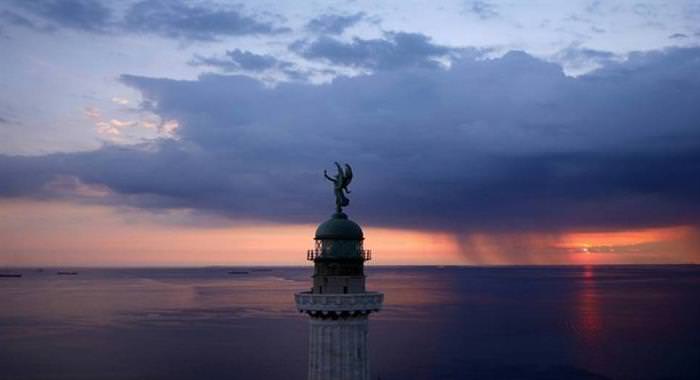 |
|
Trieste, Italy. The Vittoria Light, overlooking the Gulf of Trieste as a storm approaches at sunset. “The first job is finding somewhere out of the way to launch from; then you’re at the mercy of the weather. Dramatic skies are great, but it can’t be raining or windy. There was a lot of waiting around.” |
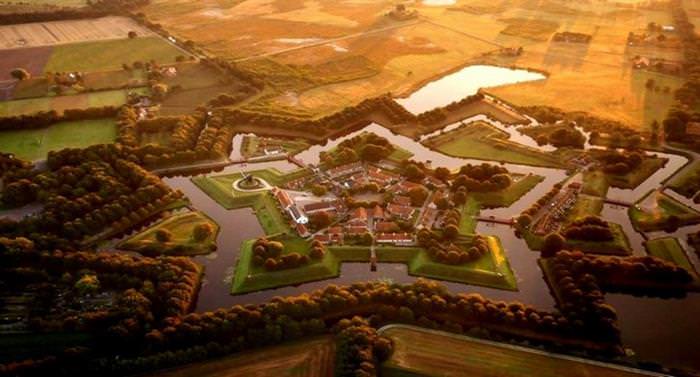 |
|
Bourtange, Netherlands. The star fort. Three centuries after the last cannonball was fired in anger at the fort; it now serves as a museum and center of a sleepy farming village in eastern Holland. The low, thick walls were designed to offset the pounding force of cannon fire. |
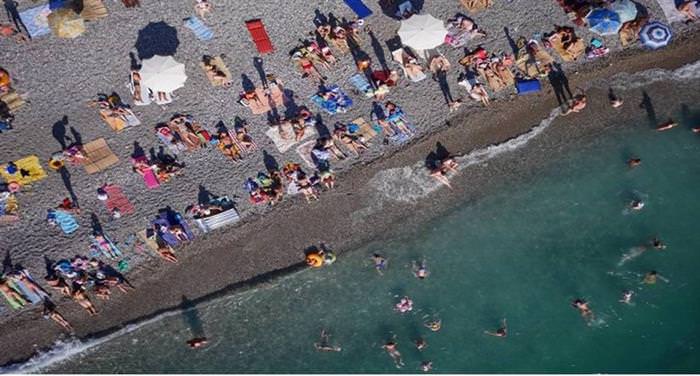 |
|
Abkhazia. Russian holidaymakers on the beach. “I try to avoid having it anywhere near people, but the shot in Abkhazia was taken after I saw some other guys flying a small drone above the beach - there was so much noisy commercial activity on the beach that it passed as just another gimmick.” |
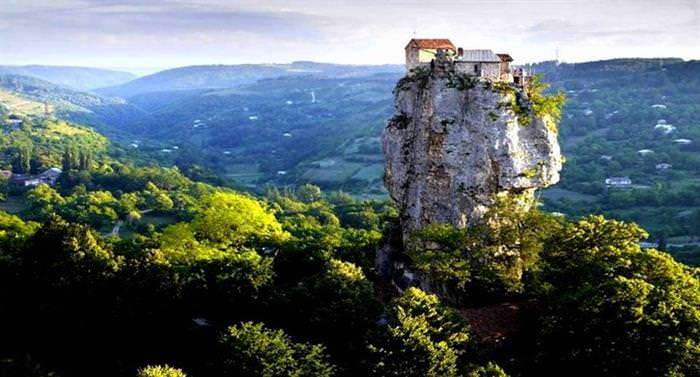 |
|
The Katskhi Pillar, Georgia. Georgian hermit has lived there for the past twenty years to be ‘closer to God.’ |
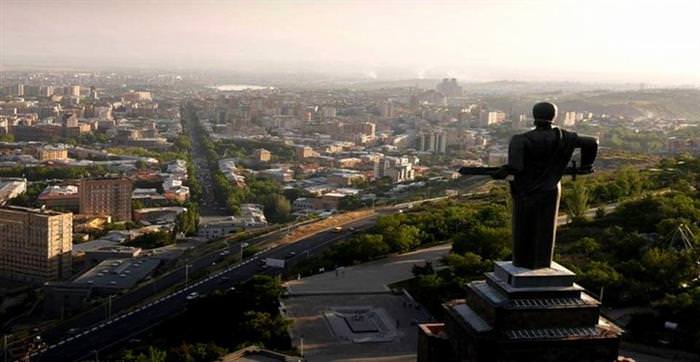 |
|
Yerevan, Armenia. The giant statue of Mother Armenia. “It’s always best working in the less touristy places, then showing the locals the images. One of my best friends lives in Armenia, Showing him and his friends this image was almost emotional. You could really feel the pride they had in having their city represented in a unique way.” |
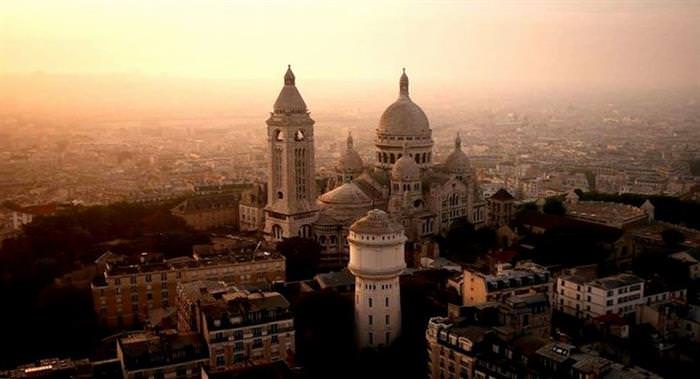 |
|
Paris, France. Sacré-Cœur glowing in a hazy sunrise. |
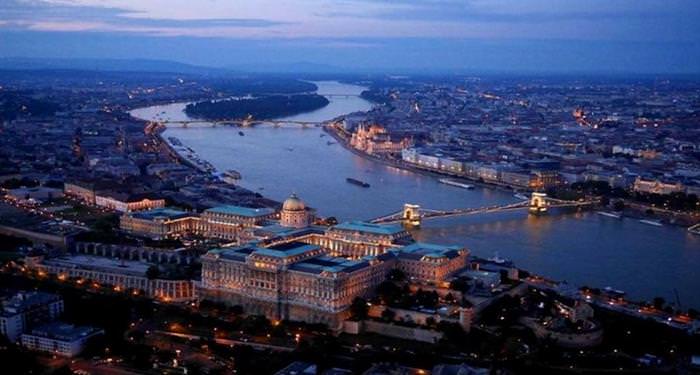 |
|
Budapest, Hungary. Buda Castle on August 20th, St. Stephen’s Day, which is Hungary’s national day. The barge moored in the center of the Danube is loaded with fireworks, launched later that night to celebrate. |
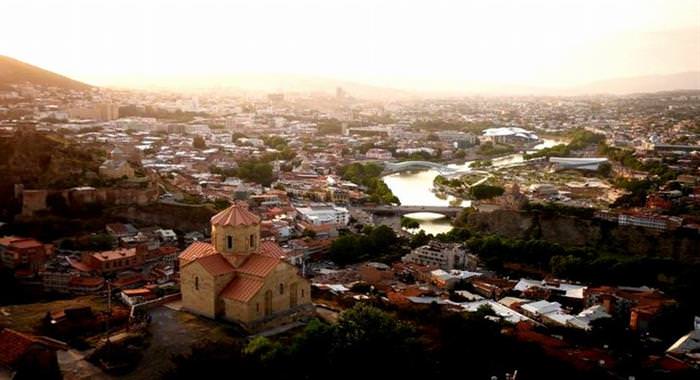 |
|
Tbilisi, Georgia. The Mtkvari River winds through the elegant capital city. |
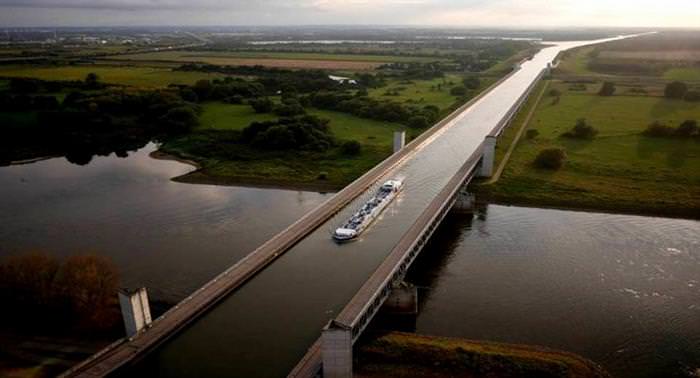 |
|
Magdeburg, Germany. A barge chugs along the Magdeburg Water Bridge. The canal aqueduct passes over the Elbe River in the east of Germany. |
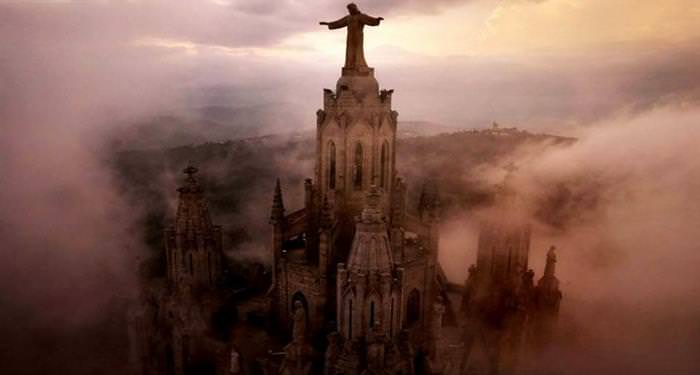 |
|
Barcelona, Spain. Clouds swirl through the pillars of The Temple Expiatori del Sagrat Cor Church, on the summit of Mount Tibidabo. Twenty minutes later a thunderstorm hit the city. |
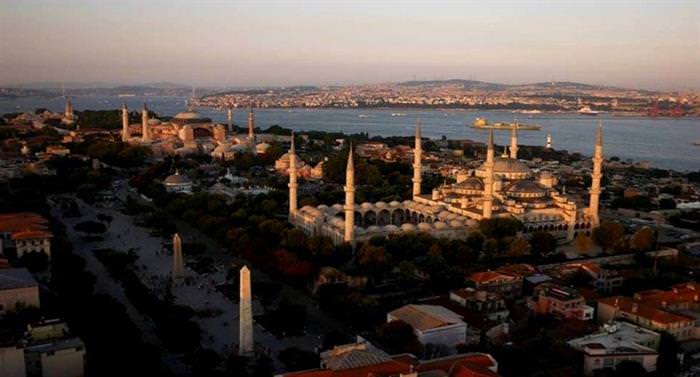 |
|
Istanbul, Turkey. Mosques dominate the skyline as a freighter sails for the Sea of Marmara. |
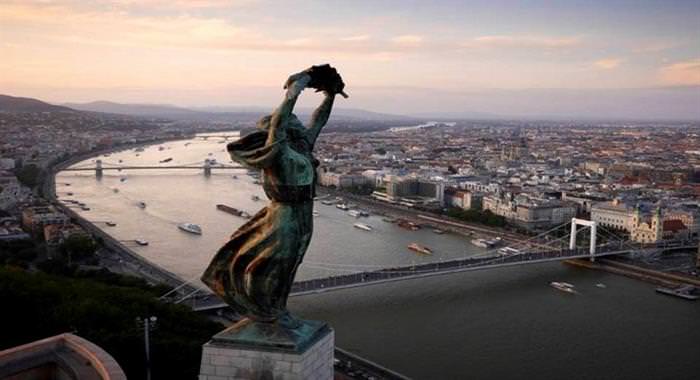 |
|
Budapest, Hungary. The windswept Liberty Statue, overlooking the city. |
|
India: |
 |
|
A knot of fishing boats at the entrance to Sassoon Dock, Mumbai. |
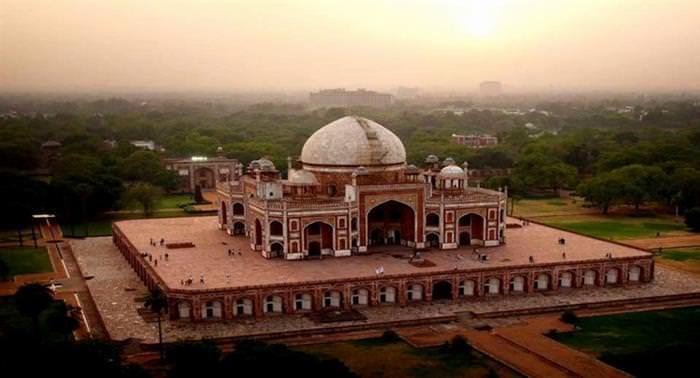 |
|
The Emperor Humayun's tomb, commissioned by his widow. |
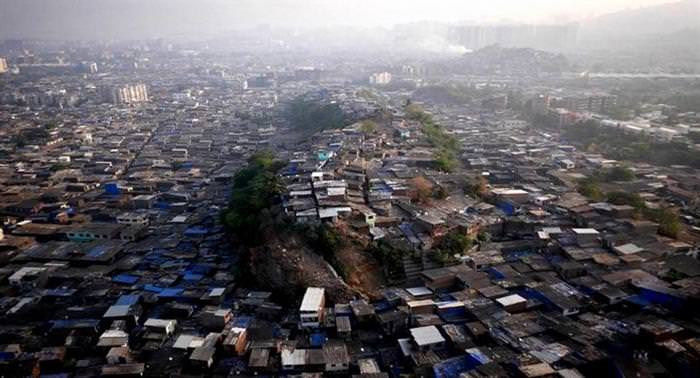 |
|
Known to the locals as 'Hill 3' this knoll jutting above Mumbai's northern slums is no more valuable than the land below. |
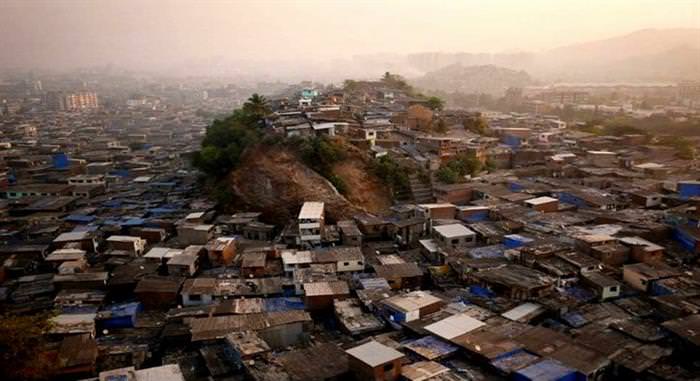 |
|
Access to running water, which the hill lacks, is far more valuable than any view. |
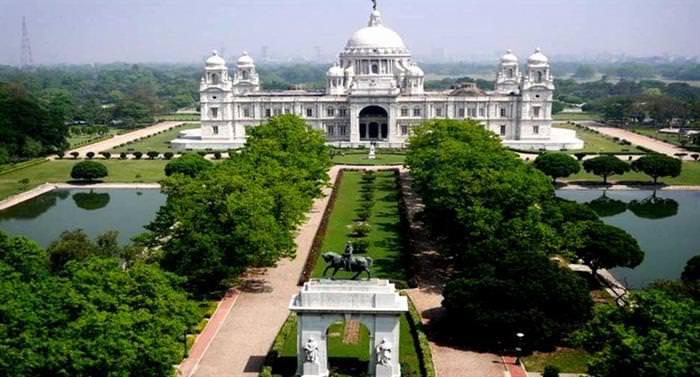 |
|
Kolkata's glittering memorial to Queen Victoria; in the foreground is a statue of King Edward VII, who died before the monument to his mother was completed. |
 |
|
Ama Masjid, the heart of Islam in India. The red sandstone structure was built under the orders of the Mughal emperor Shah Jahan, who also commissioned the Taj Mahal. |
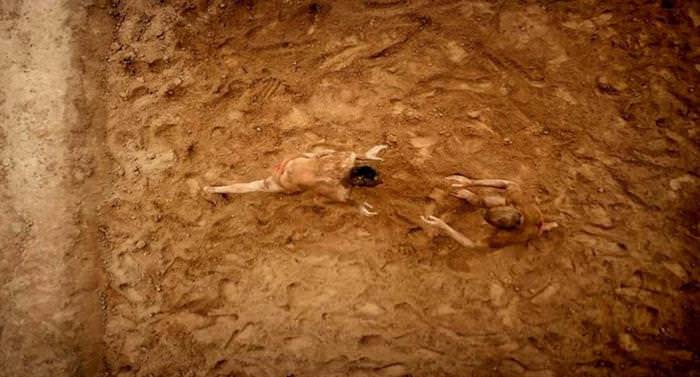 |
|
Two wrestlers practicing the ancient Indian sport of Kushti in a pit they had hacked into the ground two hours before. |
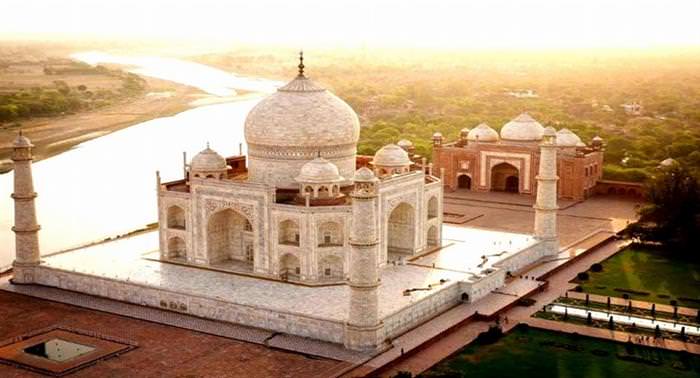 |
|
The Taj Mahal, with the Yamuna River snaking away towards its source in the Himalayas. |
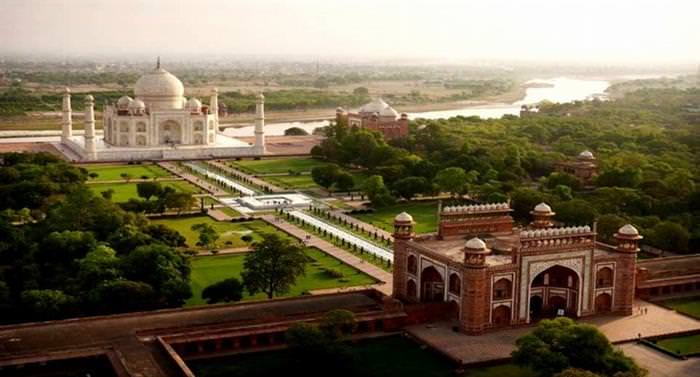 |
|
The Taj Mahal as the day's first tourists trickle through the gates. |
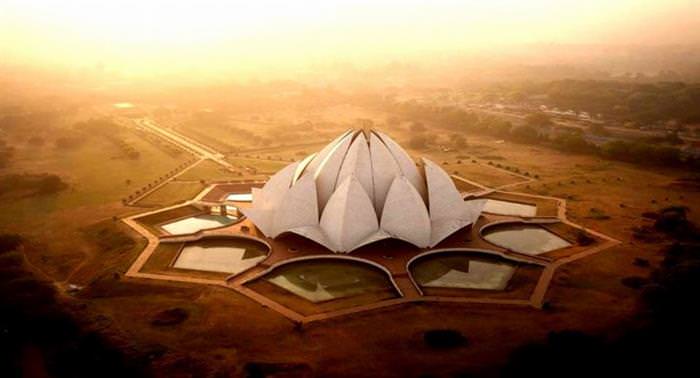 |
|
The Lotus Temple, dotted with pigeons at sunrise. Designed by an Iranian exile, the building serves as the center of the Baha'i faith in Delhi. |
|
Russia: |
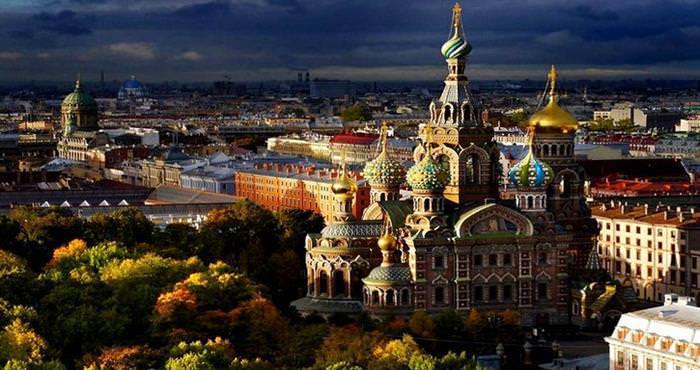 |
|
The Church of the Savior on Spilled Blood during a squally autumn morning. The church marks the spot where the reformist Tsar Alexander II was assassinated by a bomb-rolling revolutionary. |
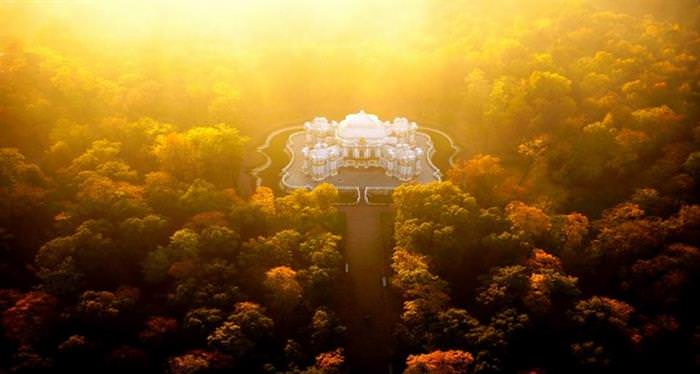 |
|
The Hermitage Pavilion wreathed in dawn mist. The little "whipped cream" pavilion was an example of the decadence which would eventually topple the Tsarist autocracy. It was famous for parties where tables laden with food would rise from beneath the floorboards into groups of delighted guests. |
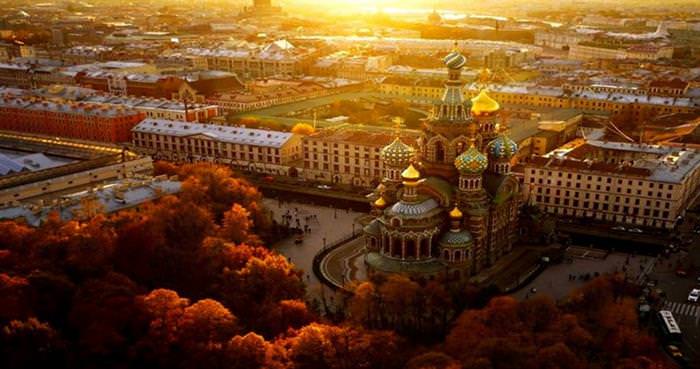 |
|
The Church of the Savior of Spilled Blood was built only as an epitaph to the murdered Tsar and wasn't intended for public worship. A patch of the cobbled street on which the Tsar lay mortally wounded is preserved within the old church, now open to the public as a museum. |
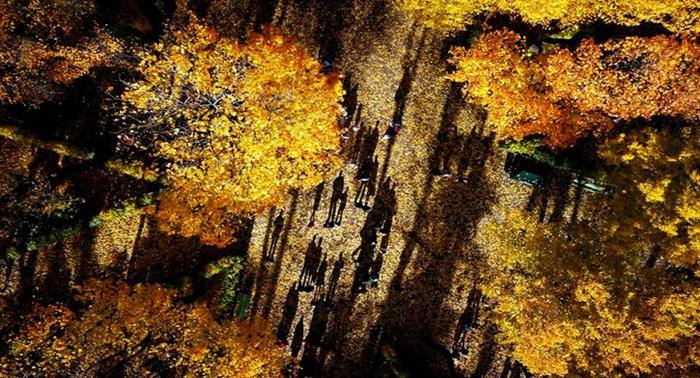 |
|
Visitors walk on fallen leaves in the Summer Garden, central St. Petersburg's oldest Park. |
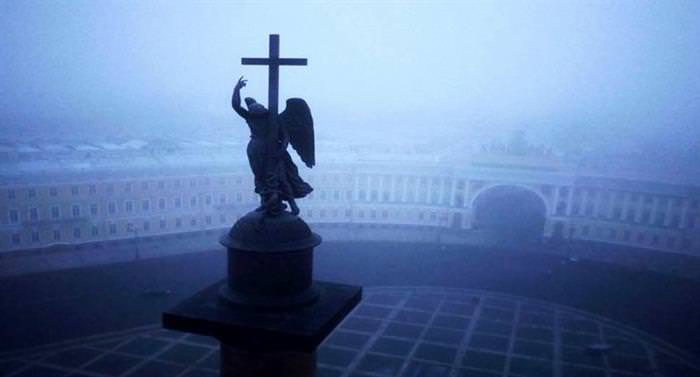 |
|
The angel atop the Alexander column. Built after Russia's victory over Napoleon, the column's 600-ton granite trunk was tipped into place by 2,000 soldiers. |
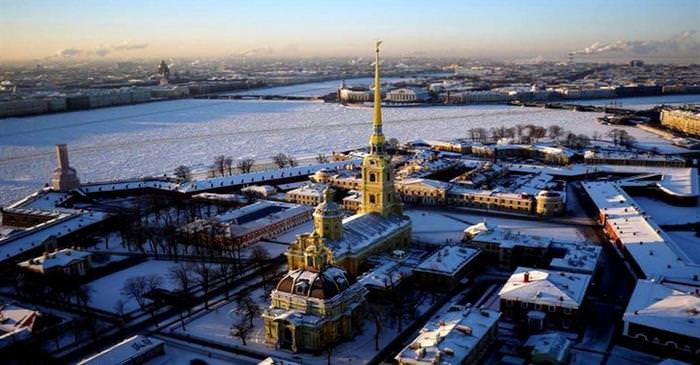 |
|
The Peter & Paul Fortress, Saint Petersburg's founding point, juts out into the frozen River Neva. At the time of the fort's construction, the islands of the Neva were populated only by a ragtag collection of fishermen's huts. It was deemed "too wild, too wet, too unhealthy" for human habitation, the equivalent of founding a capital city in the upper reaches of Hudson Bay. |
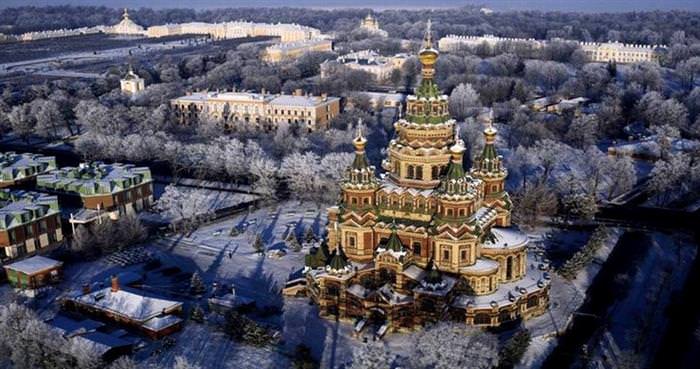 |
|
Saints Peter & Paul Cathedral in Peterhof, the palace and gardens in the background. Beyond, the Finnish Gulf is obscured by fog. During World War II, German armies occupied Peterhof, destroying it almost entirely on their retreat. |
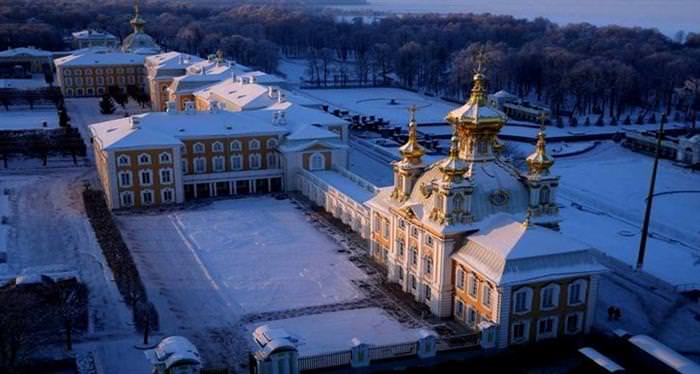 |
|
The Palace at Peterhof, perched on a bluff overlooking the sea some 30km (19mi) from central Saint Petersburg. In his later years, Peter the Great kept a study in the palace from where he could look out to the distant spires of Saint Petersburg, and the island fortress of Kronstadt guarding his new capital. |
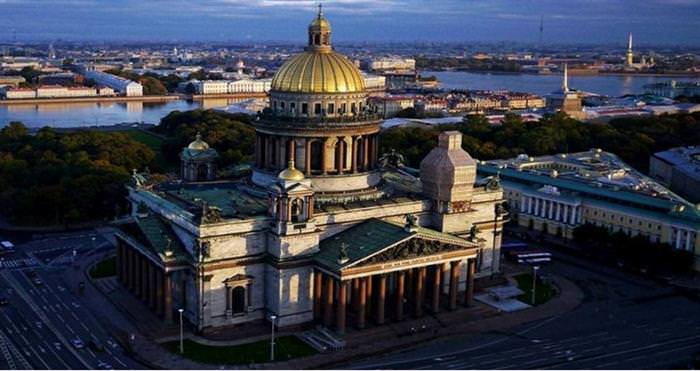 |
|
Saint Isaac's Cathedral, partly under renovation. Many Finnish laborers were employed in the Cathedral's troubled 40-year construction, resulting in the Finnish idiom "To build like St. Isaac's" in reference to something taking far longer than it should. |
 |
|
Saints Peter & Paul Cathedral rising through winter mist. |
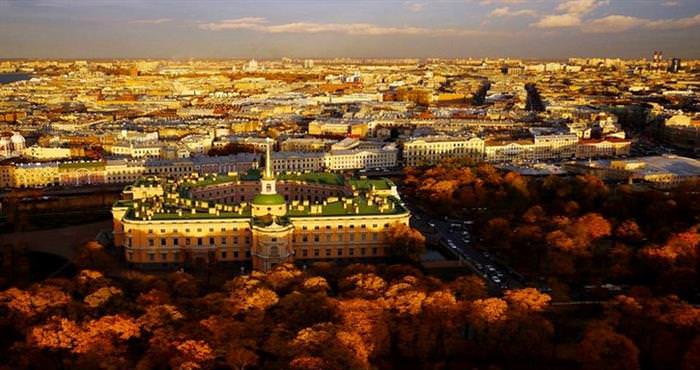 |
|
Mikhailovsky Castle, commissioned by Emperor Paul I, whose premonitions of assassination drove him to create the fortified residence. Forty days after moving into the castle, he was murdered in his own bedroom in 1801. |
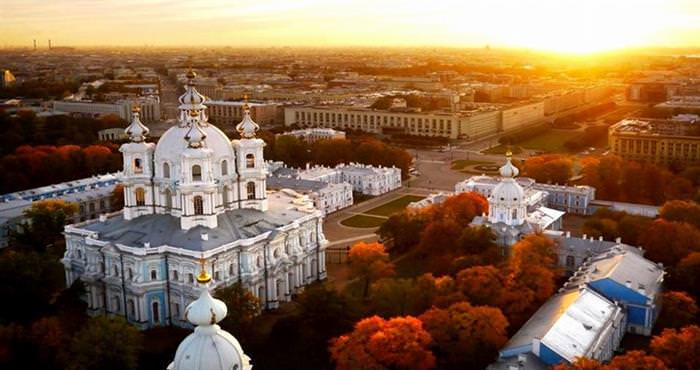 |
|
Smolny Convent at sunset. The building once housed a finishing school for Russian noblewomen. Delicate young graduates were known to have "some education... Strictly ceremonious manners" and a "thirst for expressing their feelings." |